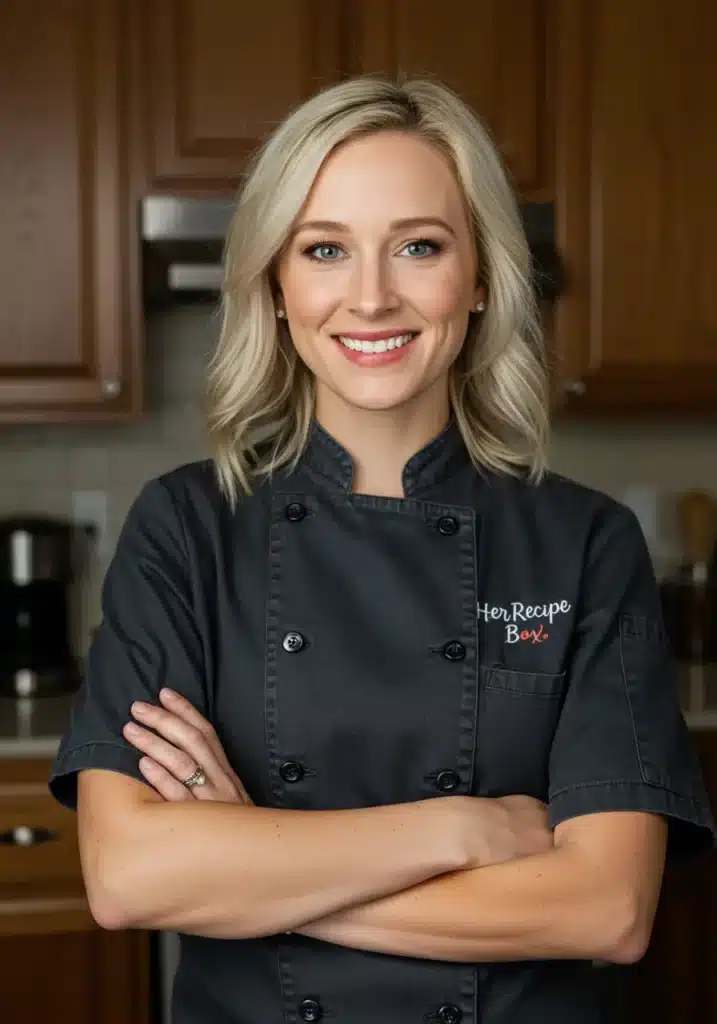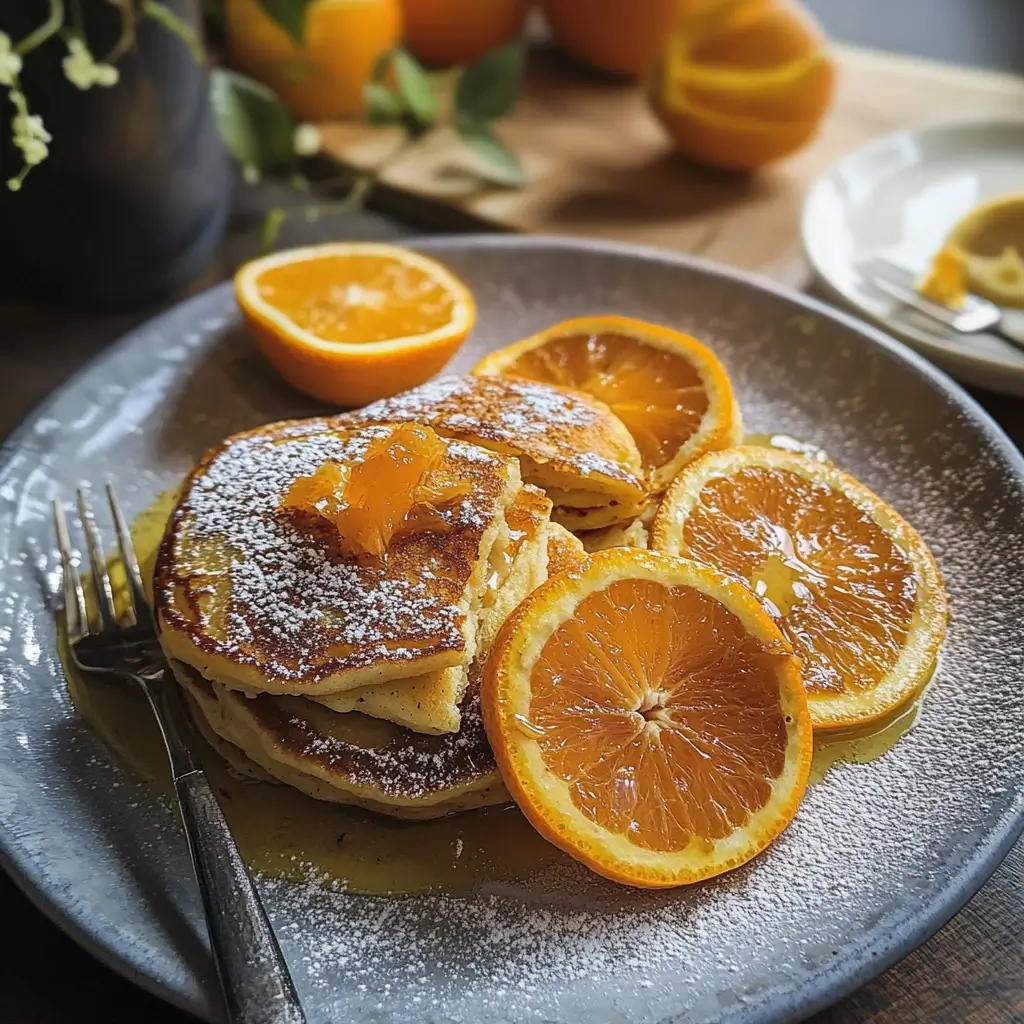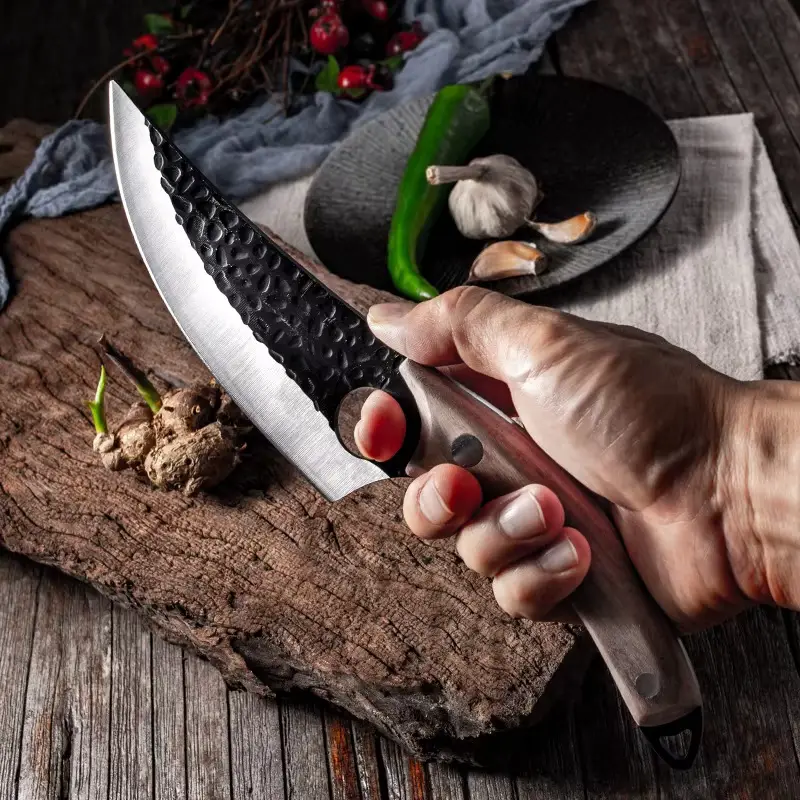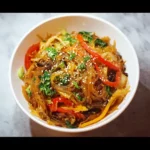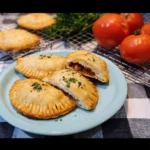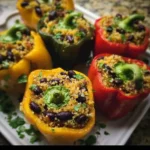It was one of those lazy Sunday mornings, the kind where the sun streams through the kitchen window, promising a day of relaxation and simple pleasures. I’d been wanting to elevate our usual pancake routine, and the idea of combining creamy ricotta with bright, zesty orange had been percolating in my mind. The moment I announced “Orange Ricotta Pancakes” for breakfast, a wave of eager anticipation filled the air. My kids, usually slow to emerge on weekends, were suddenly wide-eyed and curious. The aroma that filled the kitchen as these golden discs sizzled on the griddle was nothing short of intoxicating – a warm, citrusy hug. The first bite was a revelation. They were impossibly light, yet rich and custardy from the ricotta, with bursts of fresh orange that danced on the palate. They weren’t just pancakes; they were an experience. My husband, a man of few words when it comes to food (he usually just eats!), actually paused and said, “Wow, these are incredible. Don’t lose this recipe.” The kids devoured their stacks, their little faces smeared with syrup and happiness. These Orange Ricotta Pancakes have since become a treasured family favorite, requested for birthdays, special occasions, or simply when we need a little sunshine on our plates. They are, without a doubt, the fluffiest, most flavorful pancakes to ever grace our breakfast table, and I’m thrilled to share this recipe with you.
Ingredients
This recipe yields a generous batch of pancakes, perfect for a family breakfast or a luxurious brunch. The key to their ethereal texture and vibrant flavor lies in good quality ingredients, especially the ricotta and fresh oranges.
- For the Pancakes:
- 1 ½ cups (180g) all-purpose flour
- ¼ cup (50g) granulated sugar (adjust to taste, especially if your oranges are very sweet)
- 2 teaspoons baking powder
- ½ teaspoon baking soda
- ½ teaspoon salt
- 1 cup (240g) whole milk ricotta cheese, preferably fresh and good quality
- 2 large eggs, yolks and whites separated
- ¾ cup (180ml) whole milk or buttermilk (buttermilk adds extra tang and tenderness)
- Zest of 1 large orange (about 1-2 tablespoons, finely grated)
- ¼ cup (60ml) freshly squeezed orange juice (from the zested orange)
- 2 tablespoons unsalted butter, melted, plus more for greasing the griddle
- 1 teaspoon vanilla extract (optional, but recommended)
- For Serving (Optional but Highly Recommended):
- Pure maple syrup
- Fresh orange segments or slices
- A dusting of powdered sugar
- Extra dollop of ricotta cheese
- Fresh berries (blueberries, raspberries, strawberries)
- Toasted slivered almonds or pecans
- Whipped cream or crème fraîche
Instructions
Follow these steps carefully to achieve perfectly light, fluffy, and flavorful Orange Ricotta Pancakes every time. The separation of egg whites and yolks is a crucial step for achieving maximum fluffiness.
- Prepare Dry Ingredients: In a large mixing bowl, whisk together the all-purpose flour, granulated sugar, baking powder, baking soda, and salt. Whisking thoroughly helps to distribute the leavening agents evenly, ensuring a consistent rise. Set aside.
- Prepare Wet Ingredients (Part 1 – Yolks & Ricotta): In a separate medium-sized bowl, combine the ricotta cheese, egg yolks, milk (or buttermilk), orange zest, freshly squeezed orange juice, melted butter, and vanilla extract (if using). Whisk these ingredients together until well combined and smooth. It’s okay if the ricotta mixture has a few small lumps, but aim for a generally homogenous consistency.
- Whip Egg Whites: In a clean, dry bowl (preferably glass or metal), beat the egg whites using an electric mixer on medium-high speed until stiff peaks form. Stiff peaks mean that when you lift the beaters, the peaks hold their shape and don’t flop over. This step incorporates air into the batter, which is essential for light and airy pancakes. Be careful not to overbeat, as this can make them dry.
- Combine Wet and Dry Ingredients: Pour the wet ricotta mixture into the bowl with the dry ingredients. Gently fold them together using a spatula until just combined. It’s crucial not to overmix at this stage. A few lumps in the batter are perfectly fine and actually desirable for tender pancakes. Overmixing develops gluten, which can make the pancakes tough.
- Fold in Egg Whites: Gently fold about one-third of the whipped egg whites into the batter using a spatula. This lightens the batter and makes it easier to incorporate the remaining egg whites. Then, add the rest of the egg whites and continue to fold gently until just incorporated. Again, be careful not to overmix; you want to retain as much of that incorporated air as possible. The batter should be thick, airy, and luxurious.
- Rest the Batter (Optional but Recommended): If time permits, cover the bowl and let the batter rest for 10-15 minutes. This allows the flour to hydrate fully and the gluten to relax, resulting in even more tender pancakes.
- Preheat Griddle: Heat a lightly oiled griddle or large non-stick frying pan over medium-low to medium heat. The ideal temperature is crucial; if it’s too hot, the pancakes will brown too quickly on the outside before cooking through. If it’s too cool, they won’t get that lovely golden color or fluffy texture. Test the griddle by dropping a small spoonful of batter; it should sizzle gently and start to set.
- Cook the Pancakes: For each pancake, pour or scoop about ¼ to ⅓ cup of batter onto the hot griddle, leaving some space between them for easy flipping. Cook for about 2-4 minutes per side. You’ll know it’s time to flip when bubbles start to appear on the surface, the edges look set, and the underside is golden brown.
- Flip and Cook: Gently flip the pancakes with a thin, wide spatula and cook for another 2-3 minutes on the other side, or until golden brown and cooked through. The pancakes should feel springy to the touch when done.
- Keep Warm: As the pancakes are cooked, transfer them to a baking sheet in a warm oven (around 200°F or 90°C) to keep them warm while you cook the remaining batter. This ensures everyone gets to enjoy warm pancakes together.
- Serve Immediately: Serve the warm Orange Ricotta Pancakes with your favorite toppings.
Nutrition Facts
- Servings: This recipe makes approximately 12-15 medium-sized pancakes.
- Servings per Recipe: Typically serves 4-6 people, assuming 2-3 pancakes per person.
- Calories per Serving (approximate): Around 380-450 calories per serving of 3 pancakes (this is an estimate and does not include toppings like maple syrup, butter, or whipped cream).
Disclaimer: Nutritional information is an estimate and can vary depending on the specific ingredients used, portion sizes, and added toppings.
Preparation Time
Understanding the time commitment can help you plan your delightful pancake experience.
- Preparation Time (Mixing Batter): 20-25 minutes (includes zesting, juicing, separating eggs, and whipping whites)
- Resting Time (Optional): 10-15 minutes
- Cooking Time (per batch on griddle): 5-7 minutes
- Total Cooking Time (for all pancakes): Approximately 20-30 minutes, depending on griddle size and how many you cook at once.
- Total Time (from start to serve, including optional rest): Approximately 55 minutes to 1 hour and 10 minutes.
How to Serve
These Orange Ricotta Pancakes are a treat on their own, but the right accompaniments can elevate them to a truly memorable meal. Here are some ideas:
- The Classic:
- A generous pat of unsalted butter melting into the warm pancakes.
- A liberal drizzle of pure maple syrup. The contrast of sweet syrup with the tangy orange and creamy ricotta is divine.
- Citrus Celebration:
- Garnish with fresh orange segments or thinly sliced oranges to echo the pancake’s flavor.
- A light dusting of powdered sugar for visual appeal and a touch of sweetness.
- A dollop of orange-infused whipped cream (whipped cream with a little orange zest folded in).
- Berry Bliss:
- A handful of fresh blueberries, raspberries, or sliced strawberries. Their slight tartness complements the orange beautifully.
- A berry compote or coulis made by simmering berries with a touch of sugar and lemon juice.
- Creamy & Decadent:
- An extra spoonful of fresh ricotta cheese on top.
- A dollop of crème fraîche or Greek yogurt for a tangy counterpoint.
- For a truly indulgent treat, a scoop of vanilla bean ice cream (especially for a dessert-style pancake).
- Nutty Crunch:
- Sprinkle with toasted slivered almonds, pecans, or walnuts for added texture.
- A drizzle of honey instead of maple syrup can also be lovely with nuts.
- Savory Twist (for the adventurous!):
- While primarily sweet, a very light sprinkle of flaky sea salt can enhance the flavors.
- Consider serving with a side of crispy bacon or breakfast sausage to balance the sweetness.
- Drink Pairings:
- Freshly squeezed orange juice (of course!).
- A hot cup of coffee or tea.
- For a brunch celebration, Mimosas or Bellinis.
No matter how you choose to serve them, present them warm for the best experience!
Additional Tips
To ensure your Orange Ricotta Pancakes are perfect every single time, keep these five tips in mind:
- Quality of Ricotta Matters: Use full-fat, good-quality ricotta cheese. The creamier and fresher the ricotta, the more luscious your pancakes will be. If your ricotta seems particularly watery, you can let it drain in a fine-mesh sieve lined with cheesecloth for about 15-30 minutes to remove excess moisture. This prevents the batter from becoming too thin.
- Do Not Overmix the Batter: This is perhaps the most crucial tip for light and fluffy pancakes. Mix the wet and dry ingredients until they are just combined. A few lumps are perfectly fine! Overmixing develops the gluten in the flour, leading to tough, rubbery pancakes instead of tender, melt-in-your-mouth ones. The same applies when folding in the egg whites; be gentle to preserve the air you’ve whipped in.
- Control Your Griddle Temperature: Finding the sweet spot for your griddle temperature is key. Medium-low to medium heat is generally best. If the griddle is too hot, the pancakes will cook (and potentially burn) on the outside before the inside is cooked through. If it’s too cool, they won’t develop a nice golden color or the desired fluffy texture, and they might absorb too much fat. Always test with a small drop of batter first.
- Don’t Crowd the Pan: Give your pancakes space on the griddle. Cooking too many at once will lower the griddle’s temperature, leading to uneven cooking. It also makes them harder to flip neatly. Cook in batches for the best results.
- Zest Before Juicing: When using fresh oranges, always zest the orange before you cut it open to juice it. It’s much easier to get the zest from a whole, firm orange. Use a microplane or a fine grater for the best results, being careful to only get the orange part of the peel and not the bitter white pith underneath. The zest is packed with essential oils and provides the most intense orange aroma and flavor.
FAQ Section
Here are answers to some frequently asked questions about making Orange Ricotta Pancakes:
- Q: Can I use low-fat or skim ricotta cheese?
- A: Yes, you can, but it will affect the final texture and richness of the pancakes. Whole milk ricotta provides the creamiest, most tender result due to its higher fat content. Low-fat ricotta may result in slightly drier or less flavorful pancakes. If using low-fat, ensure it’s not overly watery.
- Q: Can I make these pancakes gluten-free?
- A: Yes, you can substitute the all-purpose flour with a good quality gluten-free all-purpose flour blend (one that includes xanthan gum or a similar binder). The texture might be slightly different – potentially a bit denser or grittier depending on the blend – but they will still be delicious. You may need to adjust the liquid slightly based on how absorbent your GF flour is.
- Q: How do I store leftover Orange Ricotta Pancakes?
- A: Allow leftover pancakes to cool completely. Then, store them in an airtight container in the refrigerator for up to 2-3 days. You can also stack them with parchment paper between each pancake to prevent sticking.
- Q: Can I freeze these pancakes for later?
- A: Absolutely! Cool the pancakes completely. Stack them with sheets of parchment paper or wax paper between each pancake to prevent them from freezing together. Place the stack in a freezer-safe zip-top bag or airtight container. They can be frozen for up to 2-3 months. To reheat, you can use a toaster, microwave, or a warm oven until heated through.
- Q: My pancakes turned out flat and dense, not fluffy. What went wrong?
- A: Several factors could contribute to flat pancakes:
- Overmixing the batter: This is the most common culprit. Overmixing develops gluten, making pancakes tough and deflating air bubbles.
- Old leavening agents: Ensure your baking powder and baking soda are fresh. Test baking powder by adding a teaspoon to hot water (it should fizz vigorously). Test baking soda by adding a teaspoon to vinegar (it should also bubble up).
- Not whipping egg whites enough: If the egg whites weren’t beaten to stiff peaks, or if they were deflated when folded in, the pancakes won’t have as much lift.
- Batter too thin: If too much liquid was added or the ricotta was very watery, the batter might be too thin to hold its structure.
- Griddle temperature too low: Pancakes cooked too slowly might not rise properly.
- A: Several factors could contribute to flat pancakes:

